The Solar Power Window Market is currently characterized by a dynamic competitive landscape, driven by increasing demand for sustainable energy solutions and advancements in photovoltaic technologies. Key players such as Ubiquitous Energy (US), SolarWindow Technologies (US), and Onyx Solar (ES) are at the forefront, each adopting distinct strategies to enhance their market positioning. Ubiquitous Energy (US) focuses on innovation in transparent solar technology, aiming to integrate solar capabilities into everyday windows, thereby expanding the potential applications of solar energy. Meanwhile, SolarWindow Technologies (US) emphasizes partnerships with construction firms to embed their technology into new building projects, which reflects a strategic move towards market penetration and regional expansion. Onyx Solar (ES) is also notable for its commitment to sustainability, leveraging its expertise in building-integrated photovoltaics (BIPV) to cater to the growing demand for energy-efficient building solutions.
The business tactics employed by these companies include localizing manufacturing and optimizing supply chains to enhance operational efficiency. The market structure appears moderately fragmented, with several players vying for market share, yet the collective influence of these key players is shaping a competitive environment that encourages innovation and collaboration. This fragmentation allows for niche players to emerge, while larger firms leverage their resources to dominate market segments.
In August 2025, Ubiquitous Energy (US) announced a partnership with a major architectural firm to develop a new line of energy-generating windows for commercial buildings. This collaboration is strategically significant as it not only enhances Ubiquitous Energy's visibility in the architectural community but also positions its technology as a viable solution for energy-efficient construction, potentially leading to increased adoption in the commercial sector.
In September 2025, SolarWindow Technologies (US) secured a contract with a leading real estate developer to install its solar window technology in a new high-rise project. This move is indicative of the company's strategy to penetrate the lucrative urban development market, where energy efficiency is becoming a critical factor in building design. The contract is expected to bolster SolarWindow's market presence and validate its technology in real-world applications.
In July 2025, Onyx Solar (ES) launched a new product line featuring enhanced energy efficiency and aesthetic appeal, targeting luxury residential markets. This strategic initiative reflects Onyx Solar's commitment to innovation and its understanding of market trends that favor high-end, energy-efficient solutions. By catering to this niche, Onyx Solar is likely to differentiate itself from competitors and capture a segment of the market that values both sustainability and design.
As of October 2025, the competitive trends in the Solar Power Window Market are increasingly defined by digitalization, sustainability, and the integration of artificial intelligence in product development. Strategic alliances among companies are shaping the landscape, fostering innovation and enhancing product offerings. Looking ahead, it is anticipated that competitive differentiation will evolve, with a shift from traditional price-based competition towards a focus on technological innovation, reliability in supply chains, and the ability to meet sustainability goals. This evolution suggests that companies that prioritize R&D and strategic partnerships will likely emerge as leaders in this burgeoning market.


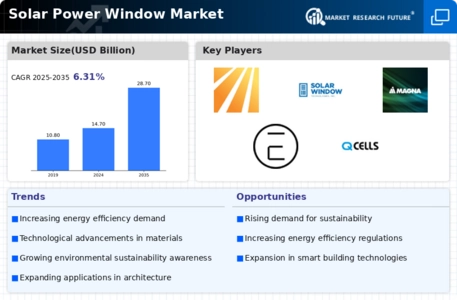
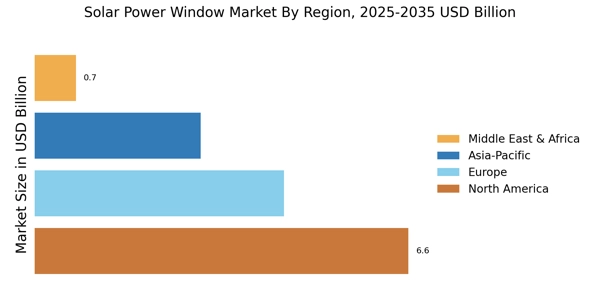
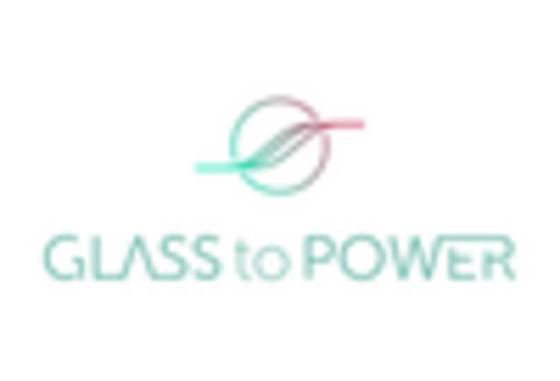
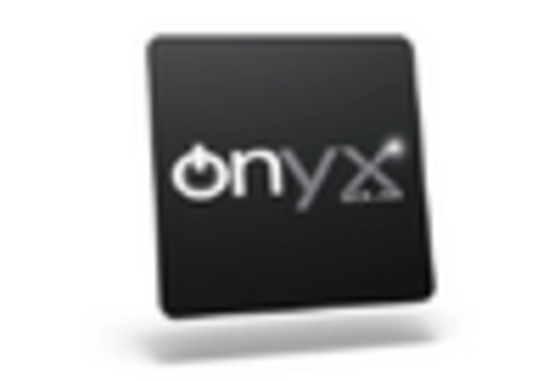
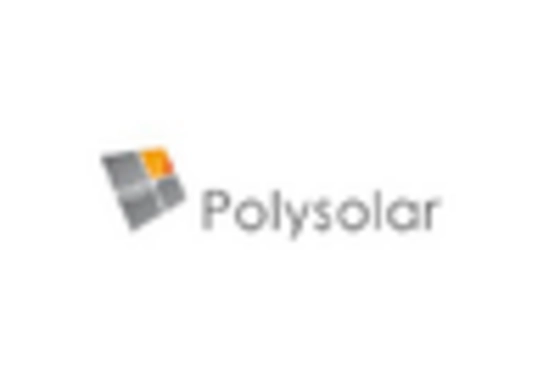

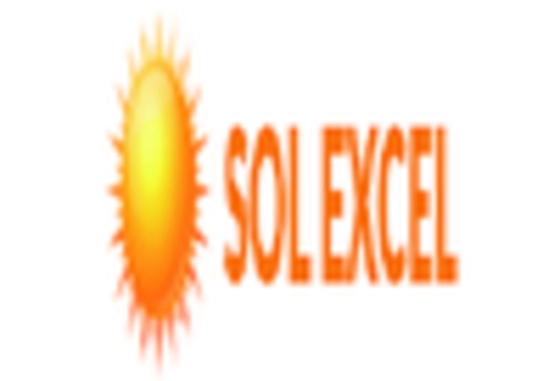









Leave a Comment